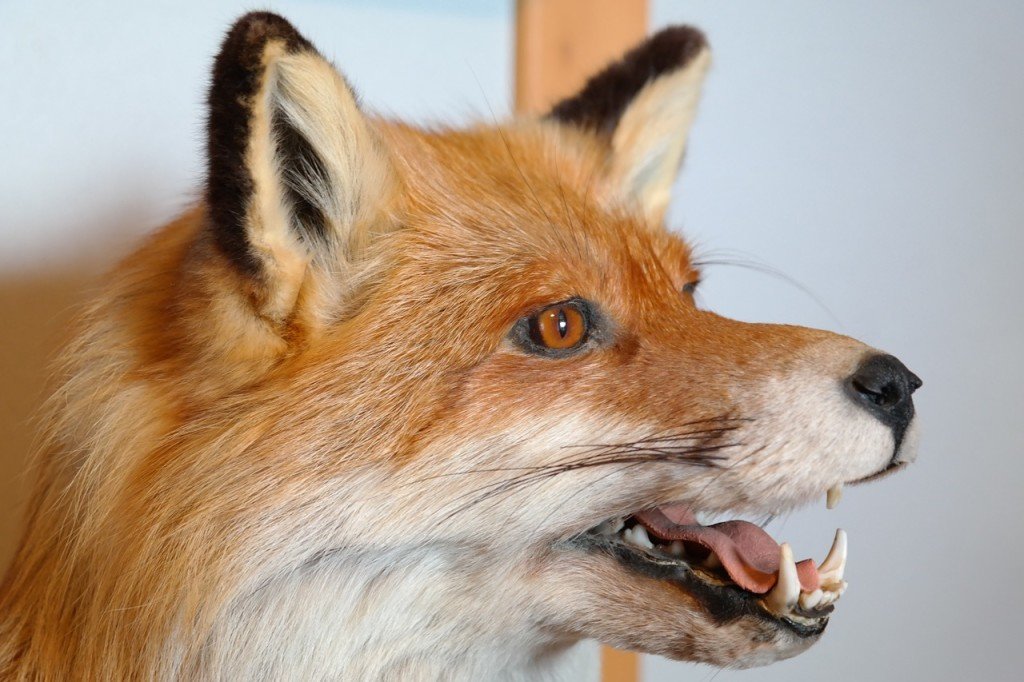
Taxidermy. It is not quite the epitome of cheer as it is primarily death preserved, after all.
However, once you get past the icky parts, it is easy to see why the technique (art form?) of animal stuffing survived pretty much throughout human history. Besides, that may just be the very reason it will continue to thrive in the future.
There is no denying that the human population love to speculate on the macabre and morbid. How else can you explain the persistence of tales of horror, death, and the dark forces? Taxidermy may very well to come into its own once again.
Before going into the history, however, it may be a good idea to discuss what is a taxidermy process or product in the first place. A good taxidermy definition is, essentially, the immortalizing of a dead animal for display. The most common subjects for taxidermy are mammals and birds because they are the easiest to preserve. However, techniques exist for stuffing dead animals from the sea as well.
That is a subject for another day, though. Right now, let us look at how the art of stuffed dead animals came about.
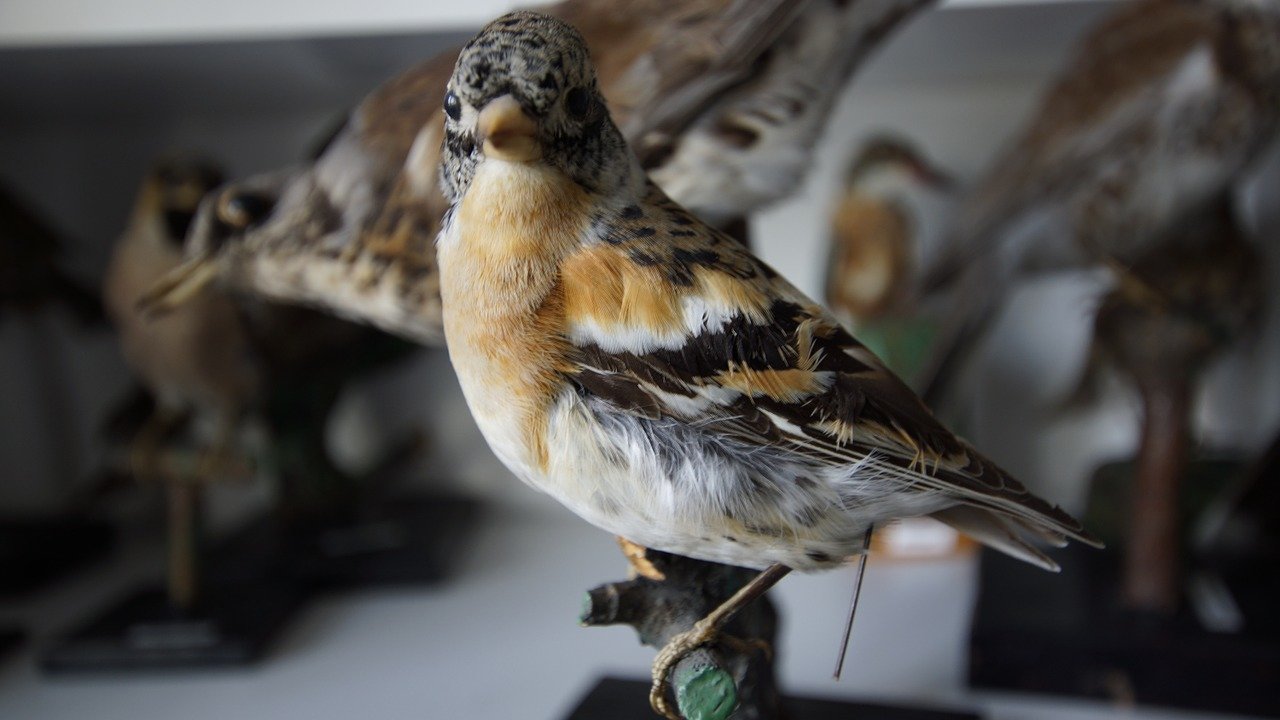
The practice of stuffing animals began way before it was taxidermy. There is speculation that hunter-gatherers used the tanned skins from their prey to create a facsimile of the real thing and used it during hunting rituals. They do not exactly define what is a taxidermist, but that’s how it started.
They may have used it as bait or a sort of scarecrow as well; who knows, really? None of those specimens is around to prove it one way or the other. If one had, it is probably not anything as sophisticated and realistic as the specimens we see today to define taxidermy. Modern taxidermy tools and techniques still had a long way to go.
We know that the Egyptians made a practice of mummifying the bodies of dead kings and other VIPs in preparation for the afterlife. They did the same thing with royal pets, particularly cats, as well as other animals with significance in the great beyond.
While mummification is not exactly taxidermy (because mummification involved preserving the body with most of the original equipment intact), many of the modern methods for preserving skin so that it does not fall apart may have evolved from mummification techniques.
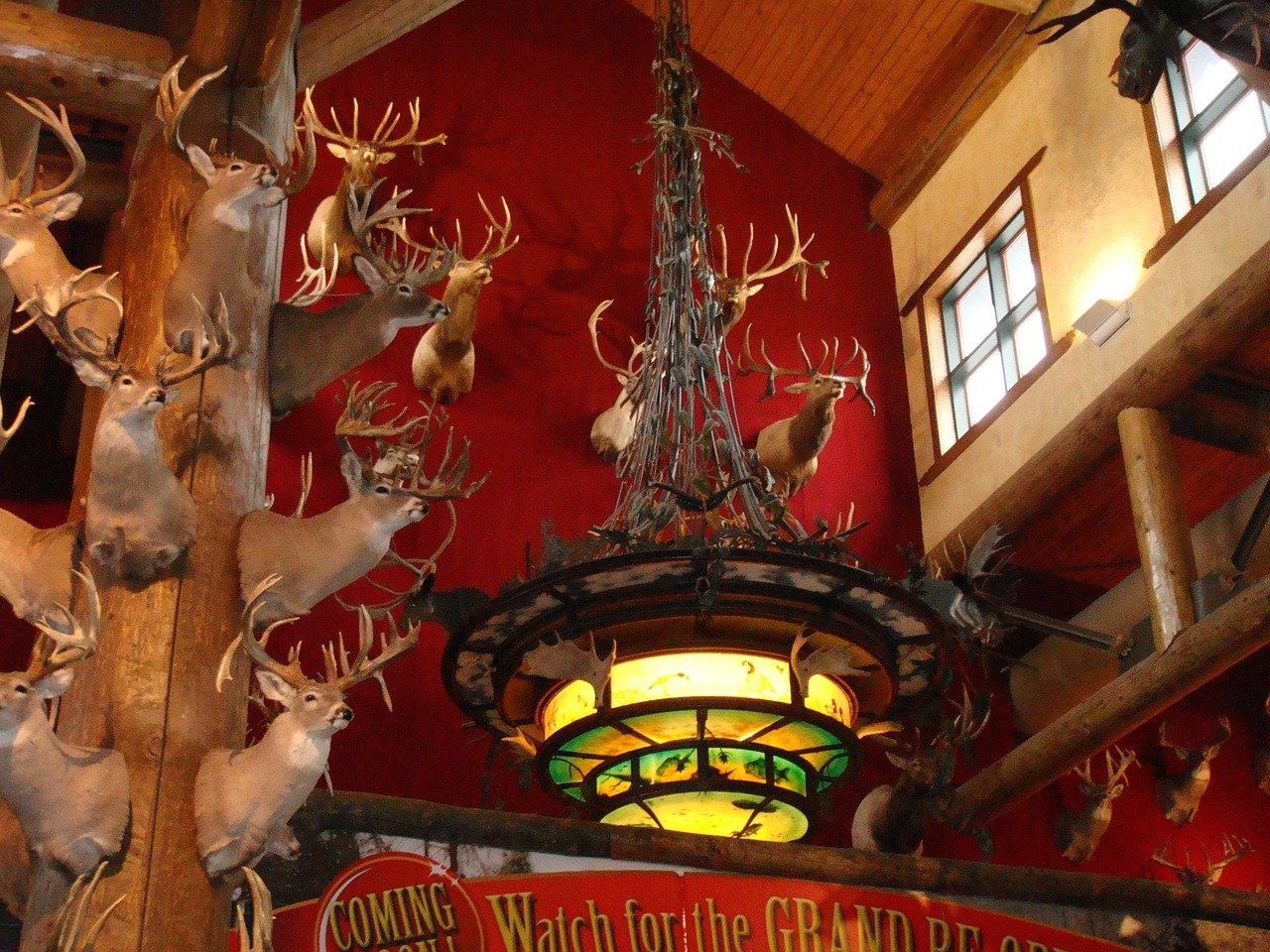
Before the Middle Ages, preserving dead animals was probably part of some type of ritual or belief rather than as a form of trophy taking, although if you bag a bear or a tiger, you may have wanted the world to know about it.
By the Middle Ages, however, stuffed (oh, excuse me, mounted) animals became symbols of greatness and glory, and with the tanning techniques improving rapidly, it became easier and more affordable to get it done. Few of those specimens have stood the test of time, though.
The oldest sample of modern taxidermy is a rhinoceros in a Paris museum, said to be have been done in the late 16th Century. Better methods and the hard, thick hide of the animal may have had something to do with it.
At any rate, around this time, naturalist Pierre Belon came out with a book that described the anatomy of 200 species of birds (L’histoire de la nature des oyseaux; “Natural History of Birds” 1555) which helped improve the realism of mounted birds.
The actual practice of accurately preserving birds came out of the work of French scientist René Antoine Ferchault de Réaumur who in 1748 described a way to preserve birds (and other animals) from decomposition when it had to be sent from farwaya places. However, throughout the 1700s, tanneries did well with the skins but not with the mounting, so the representations were less than realistic.
The Victorian era is when artists began to pay better attention to the anatomical accuracy of their work. It was profitable to do so, as there was a great demand for good taxidermy.
The term itself, taxidermy, means an arrangement of skin (Greek taxis – arrangement and derma – skin) and coined by French ornithologist Louis Dufresne in his Nouveau dictionnaire d’histoire naturelle published in 1803.
The taxidermist definition is one who has the skills and knowledge in preservation techniques. The Victorians not only wanted their animals to look real, they wanted them preserved doing human activities (anthropomorphosed), also called “Victorian whimsy.”
This is when the work of noted taxidermist Walter Potter gained popularity. He would arrange animals in a tableaux depicting them playing golf, yawning through lessons, or enjoying high tea. Victorians loved to put their animals in costumes, which some would think is the ultimate in humiliation for the animals…or honor. It is hard to decide.
In 1851, ornithologist John Hancock (father of modern taxidermy) brought what is taxidermy today to the fore when he put his mounted birds on display at the Great Exhibition in 1851 at the Crystal Palace in London.
His most famous display was a depiction of winged predators (falcon and a heron) in his work, "Struggle with the quarry." In 1880, the US held its first taxidermy competition, and the top prize went to William Hornaday’s work “A Fight in the Tree-Tops” depicting two male Bornean orangutans fighting over a female. This is the type of taxidermy human beings could readily appreciate.
The taxadermy creations of late 19th and early 20th Century taxidermists William Hornaday and Carl Akeley, who depicted animals in their natural habitat doing their thing, inspired many modern exhibits today.
No frilly skirts or mini gold clubs dare show their face in these!
This is not to say that anthropomorphized animals do not have their uses in taxidermy history. They served to tickle the fancy of the uninitiated, gradually acclimatizing them to the reality of death and animal conservation. It is not always a scene appropriate for a Disney film.
In some displays, it shows a pride of lions surrounding a freshly killed deer. It all looks very real, and quite awesomely grim. It is not the most charming prospect for an impressionable audience, but it can eventually teach a very valuable lesson. It could have been worse.
There could have been a fashion for human taxidermy! Now that would have been carrying it too far. Waxwork museums do that well enough, we think.
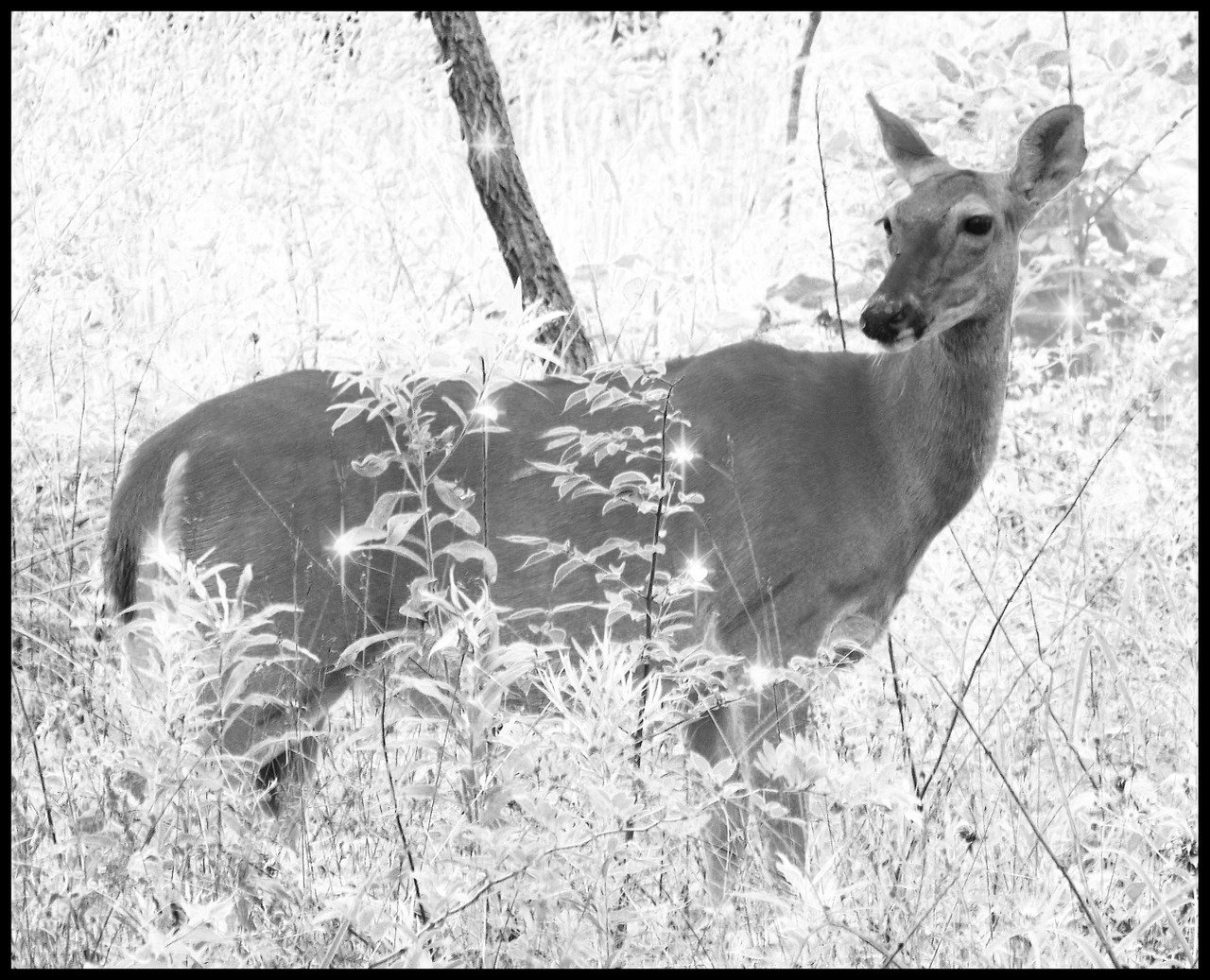
Taxidermy has its following even with the jaded Internet use, albeit in a rather different direction.
As it has become increasingly apparent, the Internet age has brought out the worst of human fascination with the taxidermied deformed and the horrific, and there are many examples of these going viral.
While the Stoned Fox is certainly an example of (bad) taxidermy, it is hardly an accurate (or desirable) representation of the wily animal. However, if it sparks an interest in the art form, it is to be supposed that a wink is as good as a nod.
The best thing about the Internet is how easy it is to disseminate information. Anyone can find taxidermy videos online, and marvel at taxidermied animals without having to travel great distances.
Whether they hone in on the spectacular or the spooky does not matter in the end. If more people want to know how to taxidermy, then it preserves to craft one way or the other.
Back in the day, how to do taxidermy was very rough and ready. Animals were prepared for stuffing just like a turkey (although they used straw and sawdust, not bread) with their hide tanned first and the sewed back on. That didn’t work so well for posterity.
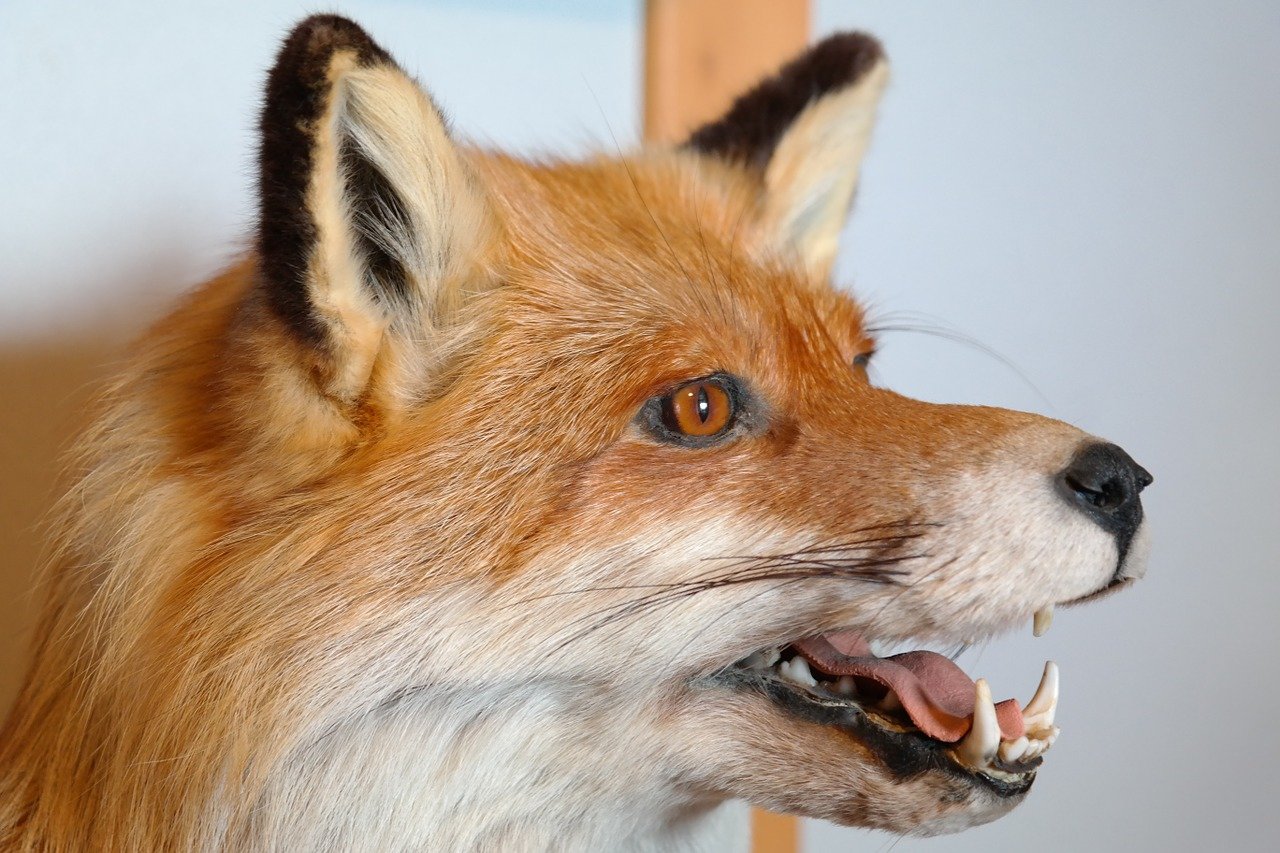
Eventually, taxidermists began to discard the soft parts and use inorganic materials instead. Today, most taxidermists only use the skin and stretch them over foam moulds, also called taxidermy mounts.
Everything else is discarded, even the bones, with the possible exception of antlers. It didn’t leave anything to be eaten, you see.
Today, the art of taxidermy continues to thrive, although it has not recaptured its former popularity during the Victorian era. However, it now serves a more noble purpose. Despite the tendency for the Internet-obsessed to focus on the eccentric and downright scary, taxidermy is all about preserving different species…at least their form.
The taxidermy animals serve as an educational tool and a way for young people to appreciate the beauty and existence of animals, which they may never see in the ordinary way.
Taxidermy has evolved from a primitive type of paying homage to an art form emphasizing the need for conservation.
Thanks to modern techniques, the exhibits should last for a long time. It has come a long way on a hard journey, and while you may still feel the need to wrinkle your nose at the concept, it would be hard to be too patronizing when you see the magnificent displays in various natural museums in different parts of the world.
It will also give you a pause when you realize that some of the exhibits show animals that are no longer around in real life.
DIY Taxidermy: We All Have to Start Somewhere
19 Aug, 2015The Definitive Bear Taxidermy Primer
13 Aug, 2015Faux Taxidermy: Is the Real Deal Too Much?
10 Aug, 20159 Times Taxidermy Went Viral: When The World Reacts
04 Aug, 2015All The Different Types of Taxidermy
09 Sep, 2015A Beginners Guide to Deer Taxidermy
29 Aug, 2015Bird Taxidermy for Dummies
13 Aug, 2015Pet Preservation: Pet taxidermy and Beyond